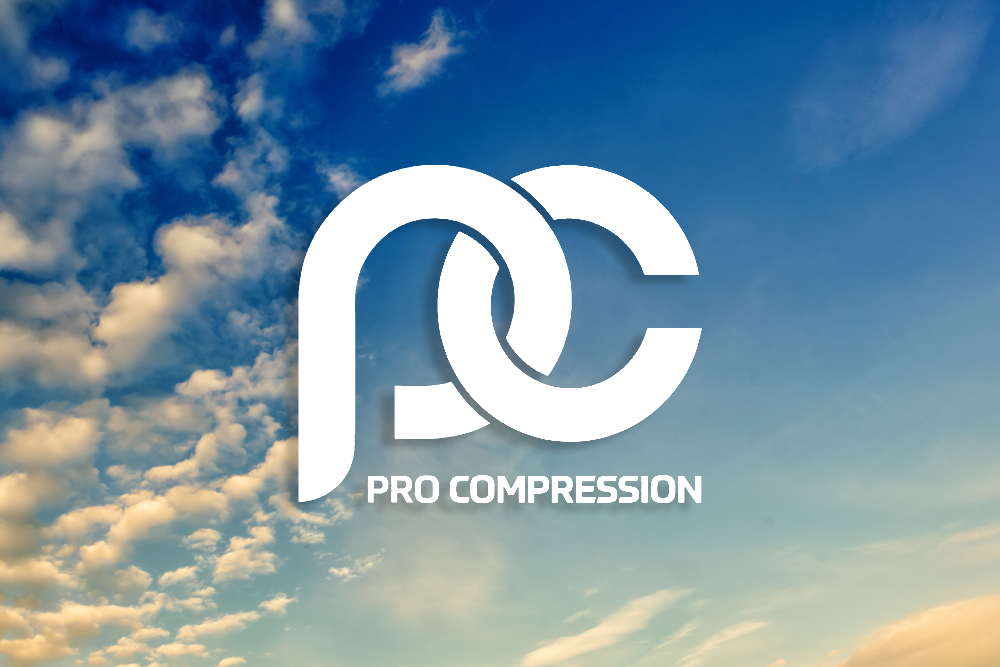hab·it/ˈhabət/noun a settled or regular tendency or practice, especially one that is hard to give up.
We are creatures of habit. From the moment we get up in the morning, our habits begin to affect how we function. Think about your morning routine – the order in which you perform your daily rituals. Whether it involves hygiene, beverage of choice, breakfast, reading materials, or checking your social channels, there is a developed tendency that provides order and comfort. This concept of how habits are formed, as it relates to branding, is something we should explore.
Consumer behaviors are evolving, and the landscape is shifting. Advances in technology leave us asking an important question. Which is more impactful – emotional connection or convenience? The short answer is both. But let’s dive deeper. The purpose of branding is to create an experience for the consumer – to tell a story that establishes an emotional connection. Emotions can exert a more powerful behavioral effect than purely rational decision-making. If a consumer has a great experience with a brand that activates a core emotional response, they begin establishing a valuable sense of loyalty. When consumers are truly engaged, they become an advocate for your brand and are more likely to amplify the message.
We live in a world of noise. Content is king, and it is EVERYWHERE. Consumers are more accessible than ever. And so are brands. Let’s look at social media. With the advent of these information superhighways, word travels faster than ever. It’s up to the brands to keep pace. Social channels provide a unique opportunity for brands to create and sustain the aforementioned emotional connection. Companies like Facebook and Twitter have afforded businesses the opportunities to build communities around them. Making customers feel important creates brand loyalty. However, these are still relatively new waters for brands to explore. Some choose to dip a toe and test the temperature, and others dive right in.
2 words: CUSTOMER ENGAGEMENT
To understand how impactful social media can be, let’s look a fast food company that’s been making a lot of noise on Twitter for some time. Wendy’s is a center of many a debate regarding how communities should be managed on social channels. Why, you ask? Let’s suffice to say their methods are… unconventional.
Wendy’s has gained attention by roasting critics on Twitter. It’s an unusual strategy in corporate social media marketing where marketers and customer service teams typically worry about appeasing customers and being politically correct. The fast-food chain is quick to contradict anyone who question its slogan that its beef is “fresh, never frozen.” In one heated exchange about how it delivers fresh beef, Wendy’s responded “you forgot refrigerators existed for a second there.” When one user wrote “you’re food is trash.” Wendy’s responded: “No, your opinion is though.” When another asked for directions to McDonald’s, Wendy’s replied with a photo of a trash can. The irreverent Twitter comments have attracted extensive attention on both social media and traditional media. As I said, unconventional. But has it worked? And if so, why? Well, their sarcastic approach certainly isn’t hurting sales. Over the approximate four-year period of its social media campaign, the company has reported 15 consecutive quarters of positive same-restaurant sales. Another measure: in the past year, Wendy’s Co. stock has soared over 40%. Mind blown? Let’s break it down.
We previously discussed the process of Building a Cumulative Advantage, with designing for habit as the second step. Social media is habitual. We are constantly checking our social channels for the latest and greatest… and funniest. Wendy’s has simply found its own method amongst the madness. They’re directly engaging their customers on social media, while gaining a lot of free publicity. Sure, it’s outside the box as it relates to conventional branding. But that is exactly the point. They have found a way to establish an emotional connection with humor. People love to laugh. It makes us feel good. And while we wouldn’t necessarily recommend trashing your critics on social media, it seems to be working for the fast food juggernaut. When simply put, the formula for establishing a emotional connection with consumers has shifted, and a little creativity goes a long way. “The best part of waking up” was once “Folger’s in your cup” and a newspaper. Now, the best part of waking up for many us is popping a K-cup in and seeing whom Wendy’s is trashing on Twitter. Which brings us to our next talking point – convenience.
Let’s continue with the coffee theme. Millions of people start their day with a cup of coffee, or in my case, several. This is a fundamental opportunity for a brand to create that emotional connection. We associate our coffee with starting the day on the right foot. For many of us, getting up in the morning is difficult, especially on those chilly mornings when our warm, comfortable beds have us trapped. Folger’s harnessed the power of these emotions in an inventive way. Remember the ad campaigns you’d see on TV with people waking up to the smell of a fresh pot of coffee? I bet many of related to this sentiment. They even told you “the best part of waking up is Folger’s in your cup.” How delightful. But what if you live alone? Who’s making your coffee and creating that smell that fills up the entire house to entice you out of bed?
In the 90s, Keurig gave us a more convenient solution – a single- serving brewing technology known as the K-Cup. Problem solved. No more wasted time or wasted coffee. Convenience incarnate. Consumers already had an established emotional connection to a cup of coffee, and Keurig presented a more convenient path. Now, you can most likely get your favorite blend in a single-serve K-cup, because other brands recognize the impact of convenience. These concepts can be applied to any brand when properly gauging the climate of consumer behavior.
Habits are self-generated. They evolve from a decision and are modified with repetition before becoming automatic. They eventually become part of our value system. If you can establish an emotional connection with your consumers, brand loyalty will follow. However, accessibility, and more specifically, technology presents a real threat to brand loyalty. What is important to note that while habits die hard, they do die. In branding, convenience kills habits. Convenience is about speed, predictability and ease. And it can be difficult to combat. So what’s the solution? To create a connection between your brand and your customers, engagement is essential.
As previously discussed, social media provides a platform for businesses to build communities around their brands. But it’s not enough to create a Facebook business page or a Snapchat account. To build a sustainable following, actively engage your online communities by posting captivating content and being responsive. If consumers are commenting on your posts, comment back! If they’re sending messages your way, reply in timely fashion! These personalized touches lends themselves to building relationships with your customers and creating that emotional connection to keep them coming back. Personalization is something you should be incorporating in your email marketing, as well.
To navigate your way through the traffic in your customers’ inboxes, your content must be creative and dynamic. Incorporating tools like surveys and contests will encourage your customers to engage, and it makes them feel like they’re a part of your brand – like they’re connected. Sound like a lot of work? It is, but it pays dividends. And luckily, companies like SellUp are here to help you strategize and execute email programs to increase customer acquisition and retention. When you’re sick, you go to the doctor, right? SellUp has the medicine to improve the condition of your email marketing.
Emotional connection will always be an important nuance in branding, but now more than ever, brands are competing to present more convenient access to their products. It’s not just about solving a problem anymore. It’s about solving it fast. It’s about being the convenient solution. So, brands have to continue to do what works, and do more. To stay ahead of the curve, one must understand where the curve is headed. And while this is a challenging road that continues to wind, those providing ease of access are catching up quickly. Consumers want to feel that emotional connection, but they expect more from brands these days. And it’s because brands are giving it to them. If you want your customers to keep coming back, start a conversation. Engage. Offer convenient solutions. Be a resource.




